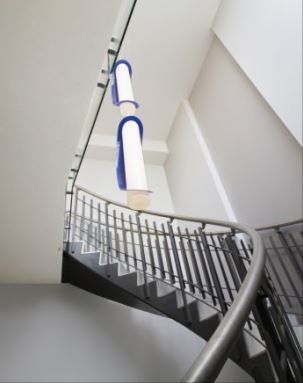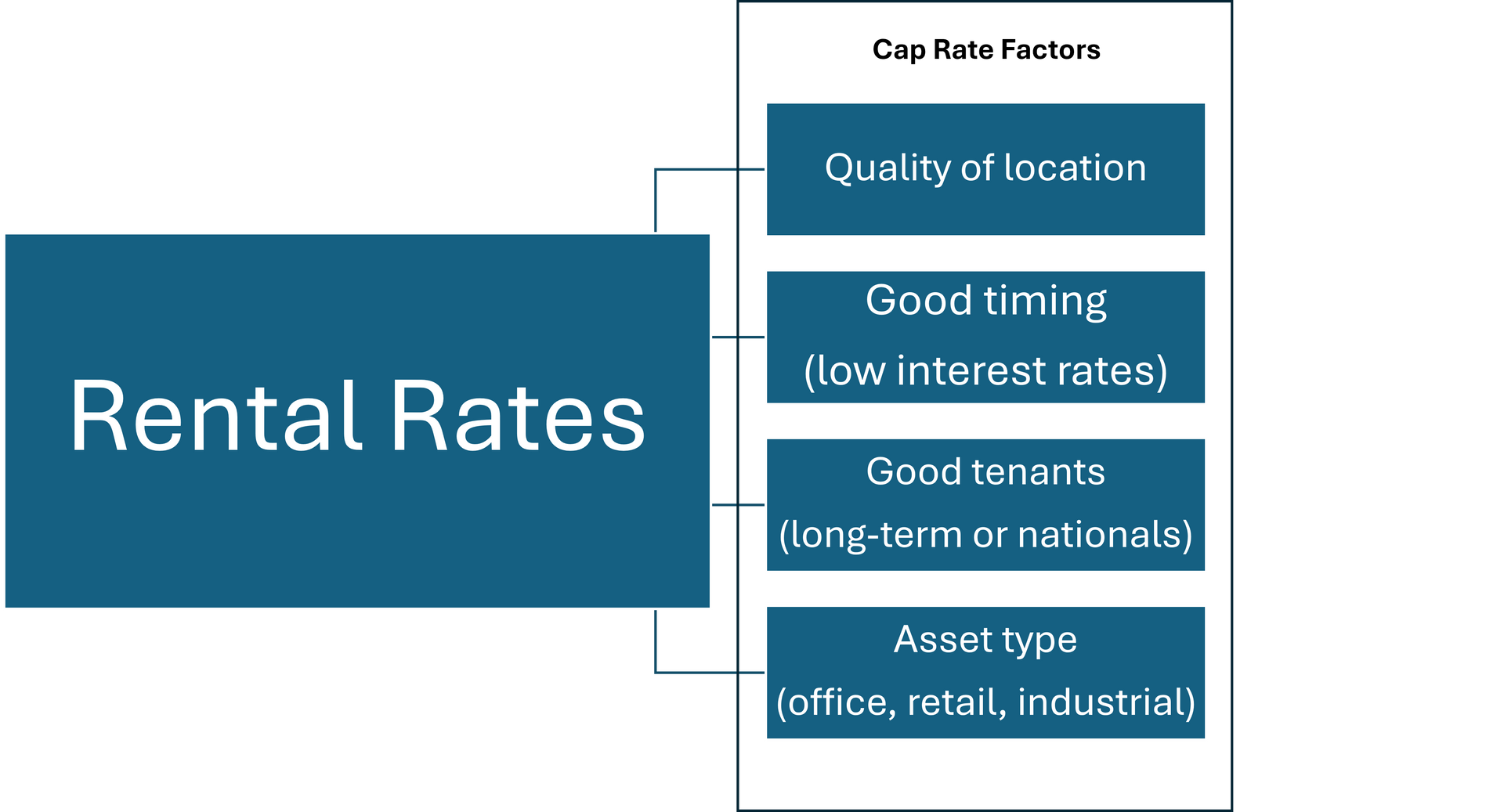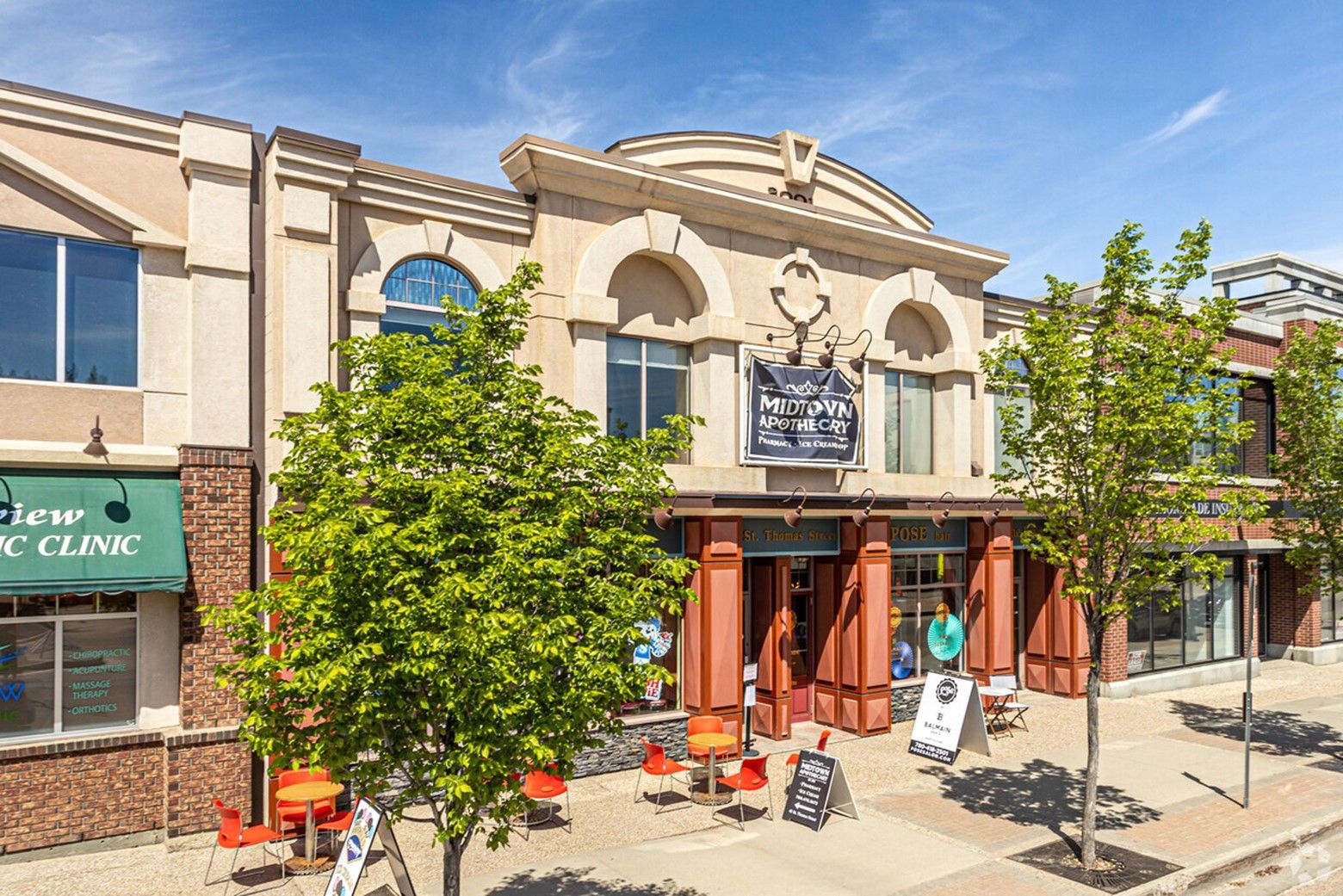What is a leaseback
Lease it back

Put simply, a leaseback occurs when the seller of a property becomes the buyer’s tenant.
Here’s an example:
Sally owns a physiotherapy practice she’s been operating for the past 15 years and is ready to get out of the business. She was prudent when selecting business partners, and one of those partners is prepared to buy her out, and continue operating.
One wrinkle in the plan is that Sally owns the real estate and wants to get out of it to finance moving across the country and starting a new career.
Sally finds an investor who believes in the long-term viability of the business and the success of the partner taking over the company. He agrees to buy the building from Sally at a price and rate of return that are in line with market conditions.
Sally is still in a management position within her company. The partners agree to a long-term lease and lease rates that will facilitate Sally’s sale while giving the company long-term stability in their lease rates.
Here’s another example:
Don owns ABC Grocery. He has 10 locations across Canada but leases eight of his locations, and owns two.
The Grocery business is booming, but he doesn’t love the real estate aspect and has decided to sell the real estate.
The two locations he owns perform very well, and are long-established, so he doesn’t want to give up the locations.
Don decides to find an investor who will buy the buildings and become his new landlord. The process is called a sale-leaseback (also covered in a previous article).
An investment firm, called “Superrich Investments,” takes an interest in the property and buys the property.
I’ll spare the mechanics of the transaction, but what happens is that ABC will enter into a lease agreement with Superrich which will both give ABC the security to continue operating the stores long term, exiting the real estate, and also give Superrich a long term tenant and a guaranteed ROI for the term of the lease agreement.
Factors
When looking at a leaseback of a property, several factors have to be in place for this to be an appropriate option.
First, the company must have a strong covenant, and long-term viability. A track record of success is critical, but if an owner is leasing back because he’s getting out of the business, the buyer will want to know how successful the company will be under new leadership. If there are doubts about the incoming team, this will impact valuation because the risk in the deal increases.
Another factor will be the valuation of the lease agreement. Because the lease portion of this transaction directly affects the value the seller pulls out of the property, it must be in line with current market conditions for the bank to finance the deal. This only means that you can’t leverage an astronomical lease rate to pull out equity above what the market will bear, even if the income theoretically supports the valuation of the building.
Another factor is the term. Leasebacks can be short or long. In multi-tenant retail or industrial, a short-term leaseback from a significant owner/occupier can facilitate the sale by giving the buyer some time to fill a future vacancy. Long-term leasebacks provide the incoming owner security but can also limit upside potential in the property if the lease is undervalued.
The factors are different in every transaction, and the “right thing” to do will depend on the buyer and seller’s priorities.
If you’re a business owner and own the real estate you occupy, then a leaseback is often the right way to get out of your real estate for the maximum value since you have many great levers at your disposal to impact the value.
For more specifics on the mechanics of a sale, please see the following article.











